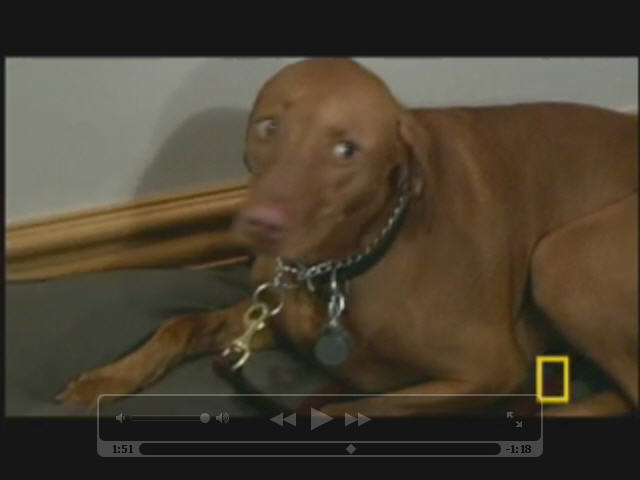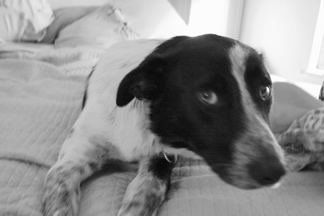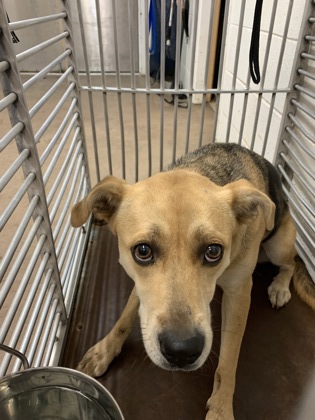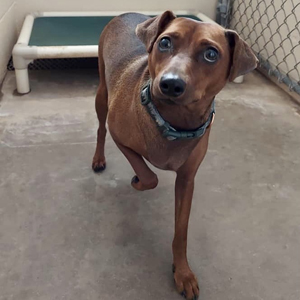Revisiting "Whale Eye" In Dogs
- Lisa Mullinax CDBC

- Oct 24, 2022
- 4 min read
When learning about canine body language, we are taught that "whale eye" is a sign of stress. In animal shelters, "whale eye" is often used to indicate an increased risk of aggression.
When you search for images of "whale eye" online, you see the same thing: The whites of a dog's eyes.

Stress Signs and Aggression
Do signs of stress indicate an increased risk of aggression? Put simply, yes. A loose, wiggly dog that licks your face when you reach for his bowl of food is most definitely a lower risk for a bite in that context than the dog that lowers their head over the bowl and tenses.
But, aggression is an option available to all animals who perceive a threat to themselves,
their mates or offspring, or their resources. Dogs. Cats. Hummingbirds. Butterflies.
When faced with a perceived threat, all dogs have the option to avoid/escape or use aggressive displays or actions. How do we know a dog might be feeling threatened? By their body language.
So, technically, any sign of stress, including "whale eye," indicates an increased risk of aggression. That is not the same as saying that aggression is imminent or that the individual dog will ever escalate to aggression. Just that the risk is higher than a dog not showing signs of stress.
But there's another problem. Many examples given of "whale eye" are something else.
Whale Eye Defined
My go-to resource for definitions and examples of dog behavior and body language is the excellent book Canine Behavior: A Photo Illustrated Handbook by Barbara Handelman, M.Ed., CDBC. If you are a dog professional, you need this book.
Whale eye, which is also called "eye flash," is described as:
Whale eye occurs when dogs are stressed or threatening. The skin over the top of their head is so taut that it stretches the eyelids away from the eye, exposing part of the whites of the dog's eye. (emphasis added)
Somewhere along the line, the definition of "whale eye" got lost and has been redefined as seeing any white in the dog's eye. Which has led to a whole lot of misinformation in the world of dog behavior.
While there are plenty of times we see the whites of a dog's eyes, they aren't always "whale eye," and they aren't always signs of stress.
Side Eye
Side eye is what happens when a dog is looking one way when their nose is pointing another way. We do it, too. Right now, keep your face pointed at your screen, then look to your right. You just demonstrated side eye.
Dogs may do this when under stress, turning their head as a sign of avoidance (see Look for the Look Away), while continuing to look at the perceived threat. Just like we might do at a scary movie, turning our head away, but continuing to look at the screen.
But dogs also show side eye in play and other non-stressful interactions:
Because these are photos I took of my own dogs or of client's dogs, I know the dogs and behaviors and body language they were showing at the time, so while some of them may look "angry," it was in the context of play.
Wide Eye
When we are frightened by something, we open our eyes really wide. There's a biological reason for this: It expands our field of vision, making it easier to see threats around us.

When relaxed, a dog's eyes will look almond-shaped and soft.
But when they are experiencing a high level of stress, their eyes can widen and appear more rounded, often accompanied by large, round pupils:
In some of these photos, we do see the whites of their eyes, but not all.
Not every dog with wide eyes is scared...

...and not every scared dog will have wide, round eyes. Body language should always be viewed in context and by looking at the WHOLE dog, not just one piece of their body.
Body language should always be viewed in context and by looking at the WHOLE dog, not just one piece of their body.
"Whale Eye" by Definition
If the definition of "whale eye" is that the skin is pulled away from the eye, revealing the whites, this photo would be a good example:

I don't know where that term originated or why it has become so widespread in dog body language terms. In looking at images of whale's eyes, I don't see any consistent examples that resemble what gets labeled as "whale eye" in dogs.

Is "Whale Eye" Even Useful?
I don't think it is. I can't think of the last time that it was the first or only sign of stress I noticed or that it affected my assessment in any way. Far too often I've seen it used to describe side eye or wide eye, regardless of the dog's overall body language or the context in which it was seen.
There are better and more clear indicators of a dog's level of stress that we should look for and teach to others.
______________________
Serenity Canine Behavior serenitycanine.com
Ⓒ2022 Lisa Mullinax. All rights reserved.
This article and the images contained therein are protected by copyright. Reproduction in any form, for any reason is strictly prohibited. "Giving credit" is still a copyright violation. You may link to the original article, but you may not take any part of it for reproduction on a website or presentation without explicit written permission.

























































Comments